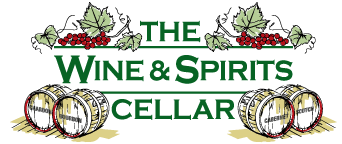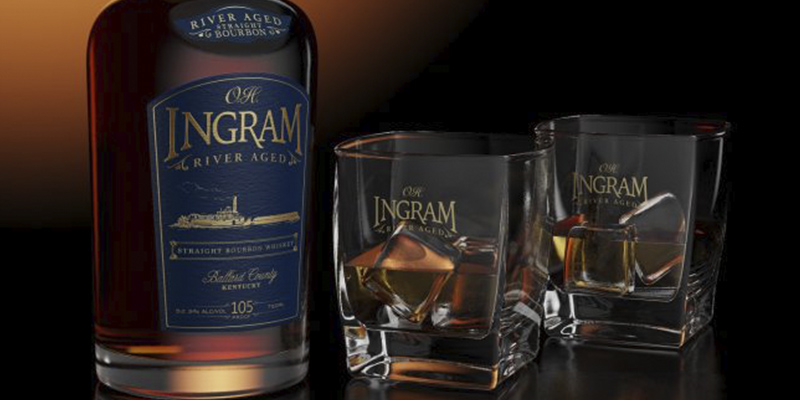Liquor Store Maryville Tennessee
The Wine and Spirits Cellar
Come shop all of your favorites with us. We have everything from your popular favorites to local favorites. Come on out and support!
Brandy
The word brandy comes from the Dutch word brandewijn, which translates to “burnt wine.” And that’s what brandy is: distilled wine. Brandy can also be made from the mash of any other fruit, and both apple and plum are popular choices. That type of brandy has the fruit called out on the label: “apple brandy,” “plum brandy,” etc.
- Flavor profile: fruit, primarily grape, but also apple, plum, pear, nuts, oak
- Aging: oak barrels, 3-20 years
- Styles: Cognac, grappa, American brandy, Spanish brandy, Armagnac, fruit brandy
- Famous distillers: Martell, Courvoisier, Remy Martin
- Alcohol content: typically 40%, can go up to 60%
- Glassware: snifter
- In cocktails: sidecar, brandy old fashioned, Brandy Alexander, Corpse Reviver
Rum
Legend has it that rum got its name from a Latin word for sugar, saccharum. Rum is made by fermenting and distilling sugarcane molasses or sugarcane juice. It became popular in the 18th century as colonialism landed on tropical shores with a lot of sugarcane. Hence its association with pirates. Rum is known to add a cozy spice to winter cocktails.
- Flavor profile: sweet, toasty, sometimes spicy
- Aging: oak barrels, up to 10 years (the longer its aged, the darker it is)
- Styles: British rum, Spanish rum, English rum
- Famous distillers: Bacardi, Captain Morgan, Havana Club
- Alcohol content: Typically 40%, can go up to 75%
- Glassware: rocks glass, grappa glass, snifter
- In cocktails: rum and coke, daiquiri, Mai Tai, piña colada
Gin
Gin is made by first creating a neutral spirit then redistilling it with the addition of a combination of botanicals. That means seeds, berries, spices, roots, and herbs. Juniper berries (an antioxidant used is some aphrodisiac drinks) were the earliest and most popular botanical used to create gin. The English word gin comes from the French word for juniper, genévrier.
- Flavor profile: depends entirely on the botanicals, common flavors include juniper, anise, coriander, fennel, and citrus peel
- Aging: Sometimes oak barrels, up to six months
- Styles: London dry, Genever, New American
- Famous distillers: Beefeater, Tanqueray, Bombay Sapphire
- Alcohol content: At least 40%
- Glassware: martini glass, rocks glass, inward-curving stemmed glass
- In cocktails: gin and tonic, Negroni, gimlet, martini, Tom Collins
Whiskey
- Flavor profile: Roast, malt, grains, oak
- Aging: typically charred white oak, typically 3-20 years, though some Scotches age up to 50 years
- Styles: malt, grain, Scotch, rye, bourbon, Irish
- Famous distillers: Jameson, Maker’s Mark, Johnnie Walker, Macallan
- Alcohol content: typically 40%, up to 68%
- Glassware: rocks glass, Glencairn glass, assorted whiskey tumblers
- In cocktails: whiskey sour, Rob Roy, Manhattan, Sazerac, Jack and Coke


